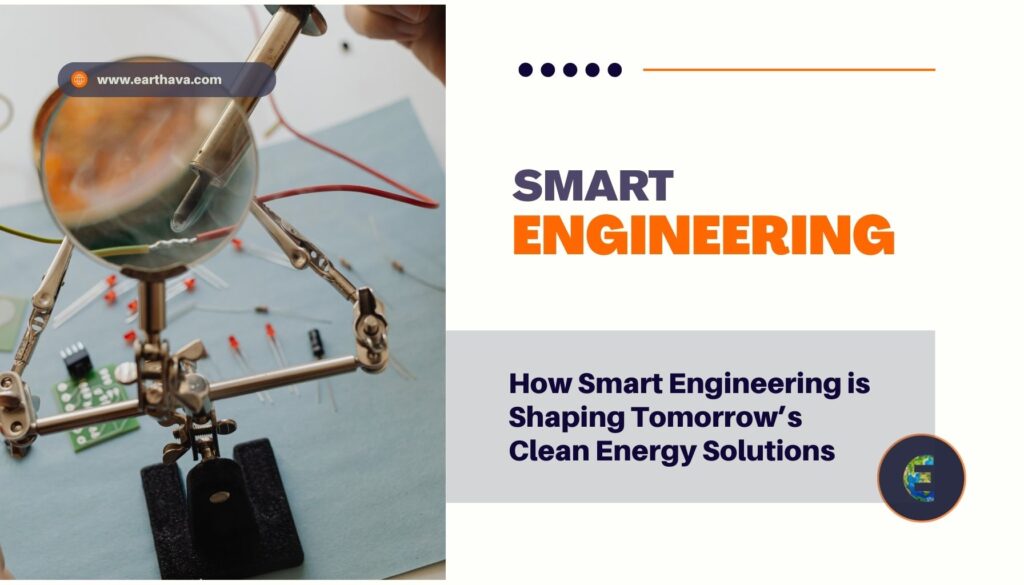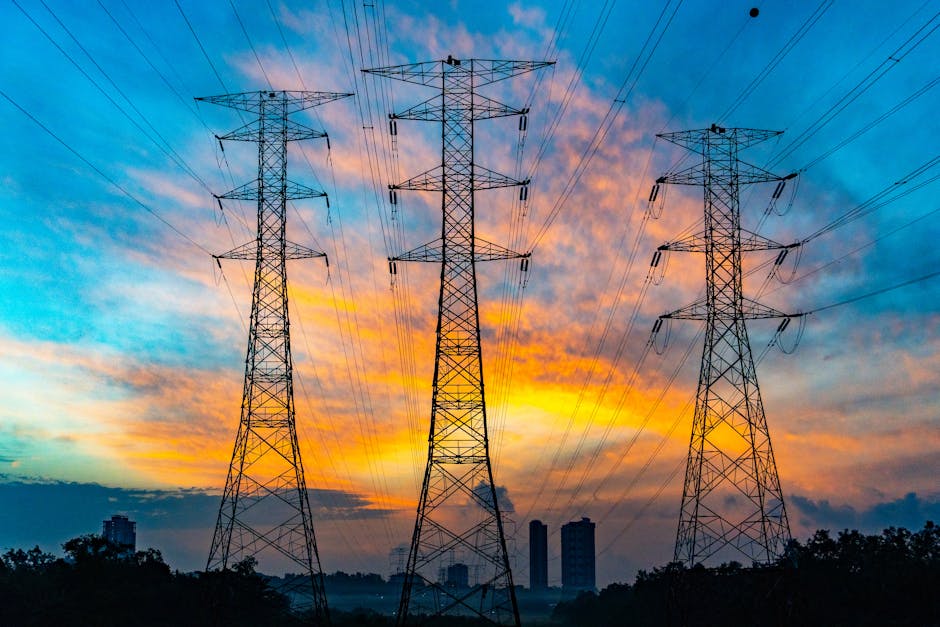Today’s science and industry have been forced to face the fact that fossil fuels like oil and natural gas won’t last forever. This is especially true given the growing population and developing economies that will only see markedly increased demand. While the transition to alternative fuels is slow, solutions are out there.

Green Energy
Wind farms use the breeze to spin turbines, while marine-based generators take advantage of the shifting tide. Geothermal and biomass converters are in operation around the world. Solar-powered gadgets are everywhere, from garden lights to small aircraft. Even nuclear power is making a comeback. While none of these ideas are new, more efficient designs are producing more power, more cheaply.
Wireless Energy
The inventor and electrical pioneer Nikola Tesla developed a revolutionary idea more than a century ago: harness the magnetic field of the Earth itself to provide energy. For decades his ideas were merely scientific curiosities, but are now the subject of intense scrutiny. Modern researchers find that not only is Tesla’s idea of earth-ionosphere circuits viable, but efficient. Tesla reportedly built a working model in 1903, and today’s scientists are making progress in his footsteps.
Energy Grids

One of the future challenges will be constructing and maintaining electrical grids that can safely and efficiently combine energy from all these disparate sources. This will require new energy usage techniques for controlling and managing the more complex infrastructure. Some courses in civil engineering can help the next few generations work out the technical challenges of tomorrow’s grids. Starting today, tomorrow’s issues will save us from lots of headaches.
MiniatureSolar Cells
Solar energy is evolving perhaps faster than any other alternative source. Japanese scientists could put a large solar panel into a cloudless orbit to gather energy. Technical developments and new plastics have led to solar cells that are much smaller, cheaper, and more efficient than previously. They can be powered by artificial lighting as well as sunlight. While it’s too soon to consider solar panels that could power a city, better solar devices are increasingly able to power small vehicles and many gadgets that currently suck electricity from the grid.
In fact, there are many other energy sources, such as fuel cells, magnetic and hydrogen motors, and increasingly efficient lithium batteries. While none of these is an answer, we can begin to envision a future where every home and business has its own safe and efficient power sources to ease or eliminate demand on the public grid.



